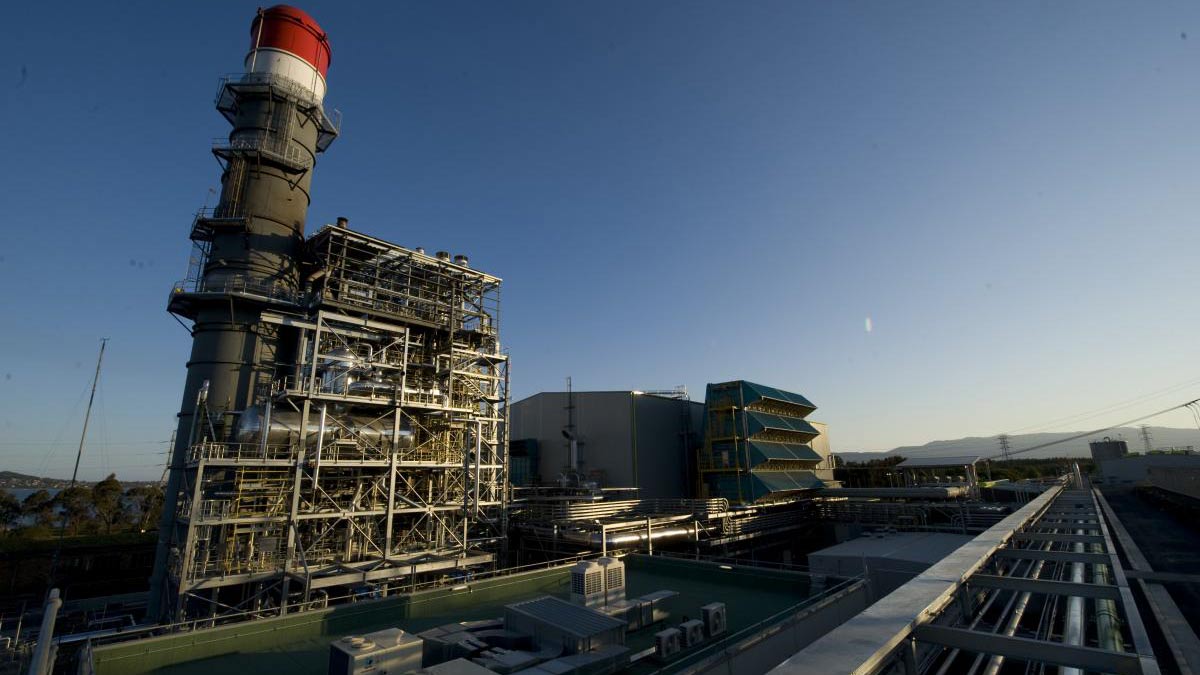EnergyAustralia has committed to building a 300MW fast-start gas generator in NSW that will combine “green hydrogen” with gas and help fill the market opportunities created by the retirement of the Liddell coal generator.
The $400 million Tallawarra B project has landed funding support from both the NSW state government (up to $78 million) and the federal government (up to $5 million), which are said to be conditional on the hydrogen component being delivered.
The new gas generator will be on line by the summer of 2023/24, after the closure earlier that year of the last of the Liddell coal units, and raises questions about whether the federal government’s Snowy Hydro utility will continue with its own plans for a gas generator at Kurri Kurri, or whether it will opt for a smaller facility.
But the proposal has been swiftly criticised by the Clean Energy Council, which said taxpayer dollars would be better spent on large-scale battery storage, pumped hydro and accelerating transmission upgrades to provide cost-effective, reliable, flexible and low-emissions power.
“The costs of energy storage have declined rapidly in recent years, and it’s now clear that it provides a lower-cost solution for firming low-cost solar and wind energy resources,” said CEO Kane Thornton.
“If private investors are willing to bet on gas over energy storage, that’s a decision for them. But the general public is becoming increasingly uncomfortable seeing their taxes used to prop up more expensive fossil fuel generator.”
The Tallawarra B power station, like most so-called open cycle “peaking plants”, will be located next to the existing Tallawarra A combined cycle gas generator.
It will be deployed to meet periods of high demand, or low renewables output. Such plants are usually rarely used, often running for only 160 hours a year, and usually only operate at very high prices.
EnergyAustralia has committed to using green hydrogen – which it insists will be sourced from wind and solar – at the facility from 2025, two years after it is first opened.
It says it will “offer to buy” at least 200,000 kilos of green hydrogen a year, which will account for around 5 per cent of its output. It could raise this green hydrogen percentage to 60 per cent in later years but that will require further investment in the turbine technology, and a bigger supply chain of green hydrogen. It says it will also look at using green hydrogen in the existing Tallawarra A generator.
EnergyAustralia managing director Catherine Tanna said Tallawarra B will be Australia’s first “net zero emissions hydrogen and gas capable power plant.” She said direct carbon emissions from the project will be offset over its operational life.
“It will help to kick start the green hydrogen industry,” Tanna said. “What’s particularly exciting is that further engineering studies will see if the amount of green hydrogen can increase, which will further support the Port Kembla Hydrogen Hub.”
NSW deputy premier John Barilaro said NSW has an enormous opportunity to lead the world in the production of green hydrogen. “Fast-tracking new projects like these will ensure we continue to remain at the forefront of developing new technology while supporting our existing industries,” he said.
State energy minister Matt Kean said that the Tallawarra B project would help keep the lights on following the closure of the Liddell Power Station in 2023.
“This project sets a new benchmark for how gas generators can be consistent with NSW’s plan to be net zero by 2050 by using green hydrogen and offsetting residual emissions.”
GE is providing the gas turbine – it is a single 300MW unit – and says it will be the first in the world to feature its new gas turbine technology, with has improved efficiency.
It says these units can operate on a blend of up to five per cent hydrogen, but can burn a higher share with further investment. But the biggest constraint for the moment is the supply of hydrogen.










